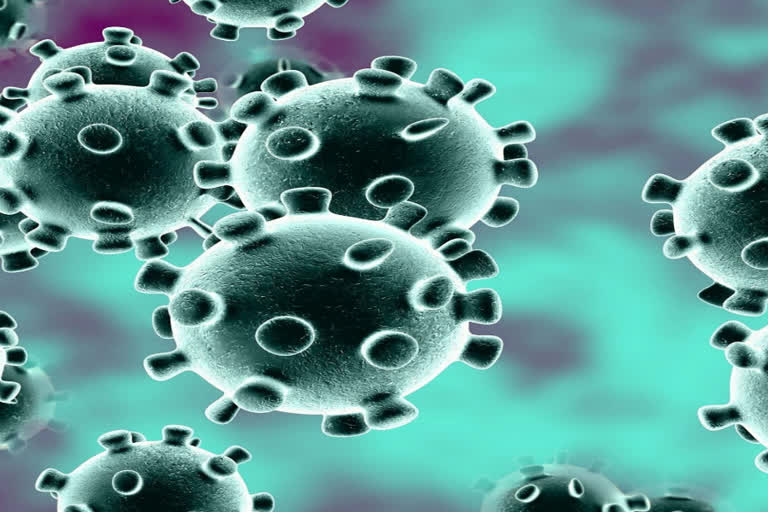Hyderabad; New research from Cold Spring Harbor Laboratory(CSHL) scientists suggests that cigarette smoke spurs the lungs to make more ACE2 (angiotensin-converting enzyme 2), the protein that the Coronavirus responsible for COVID-19 grabs and uses to enter human cells.
As published in the journal Development Cell, the findings explain as to why people who are smoking are vulnerable to severe infections. The research also indicates that the severity of the Coronavirus infection might be reduce if the smokers quit smoking.
Also Read: YouTube Select to help advertisers reach new audiences launched
Scientists and Clinicians have noted a lot of distinct variation in the way people respond to the infection with SARS-CoV-2. This has been observed at the various stages of the pandemic. It was observed that most infected individuals showed mild illness, if it all they experienced it. However, individuals with fatal virus attacks needed more of intensive care. The group of people who appeared to be more at risk as compared to others are; men, the elderly, and smokers.
In order to carry out their research, CSHL Fellow Jason Sheltzer and Joan Smith, an engineer at Google, used the previously published data to seek possible explanations for these disparities. They were curious whether the vulnerable groups might share some key feature related to the human proteins that the Coronavirus relies on for infection.
Also Read: No invasive technique be adopted for forensic autopsy in COVID-19 death cases: ICMR
"We started gathering all the data we could find," Sheltzer says, explaining that he and Smith focused first on comparing gene activity in the lungs across different ages, between the sexes, and between smokers and nonsmokers. "When we put it all together and started analyzing it, we saw that both mice that had been exposed to smoke in a laboratory and humans who were current smokers had significant up-regulation of ACE2."
"While they found no evidence that age or sex impacts ACE2 levels in the lungs, the influence of smoke exposure was surprisingly strong", Sheltzer says. The change appears to be temporary, however the data revealed that the level of ACE2 in the lungs of people who had quit smoking was similar to that of non-smokers.
They team further discovered that goblet cells (mucus producing cells) are also producers of ACE2. Smoking is known to increase the prevalence of such cells, a change that can protect the airways from irritants but--by amplifying the amount of ACE2 in the lungs--may also increase vulnerability to SARS-CoV-2.
Also Read: Samsung unveils 50MP image sensor with 8K video recording



